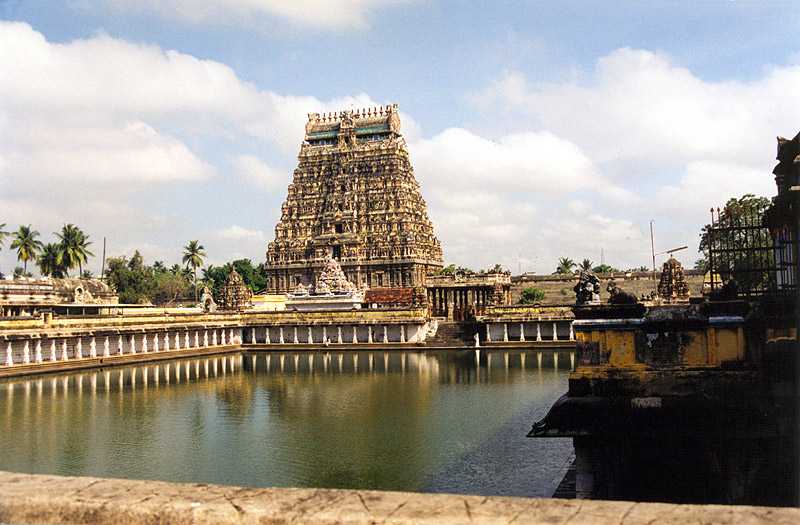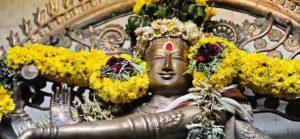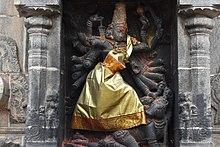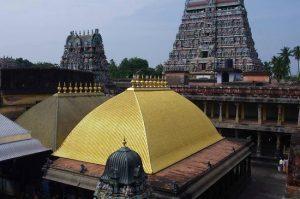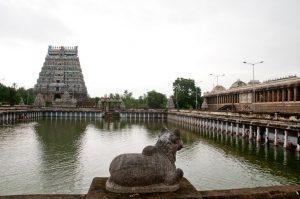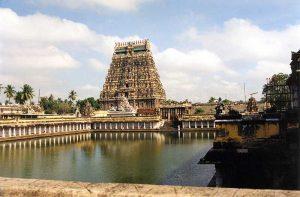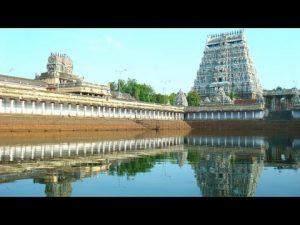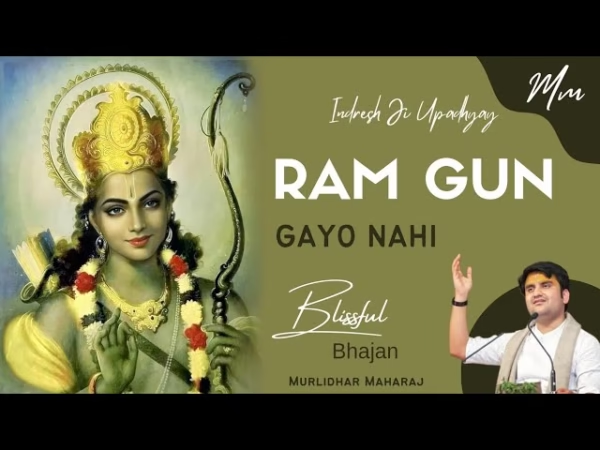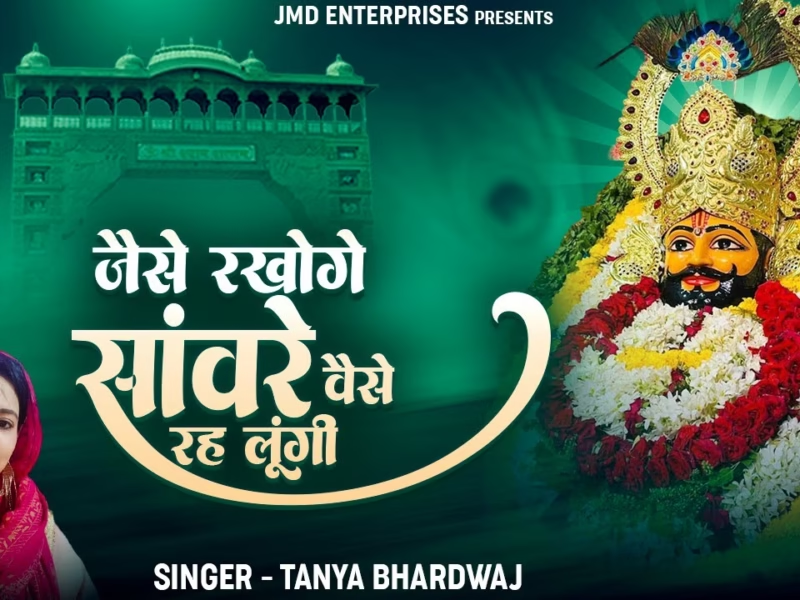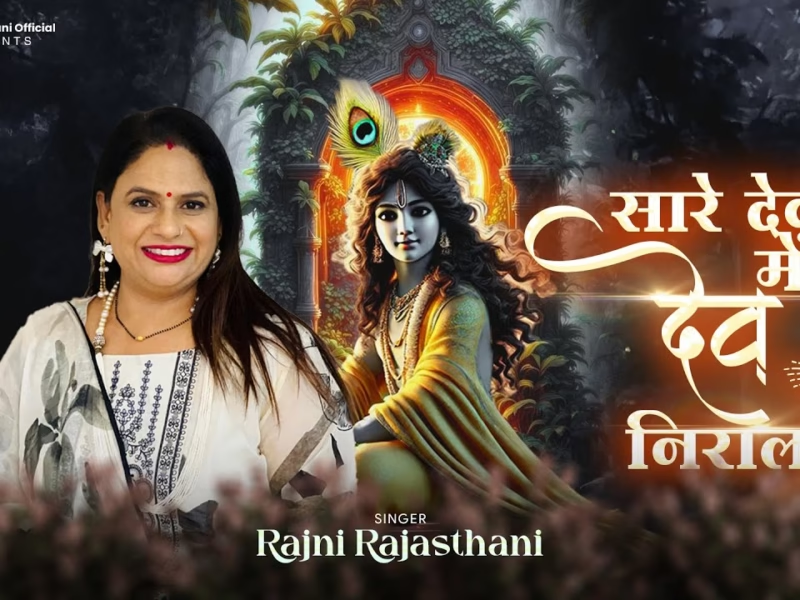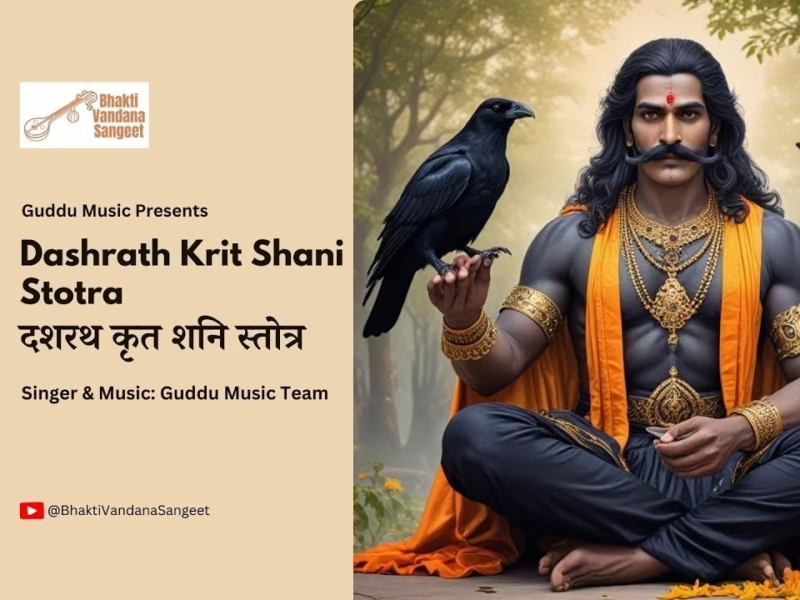Nataraja Temple, Cuddalore, Tamil Nadu
| Date built: | – |
|---|---|
| Deity: | – |
| Architectural style: | Dravidian architecture |
| Major festivals | – |
| Locale: | Chidambaram |
| District:: | Cuddalore |
| Address: | Chidambaram, Tamil Nadu 608001 |
| Phone | – |
Nataraja Temple, also referred to as the Chidambaram Nataraja temple or Thillai Nataraja temple is a Hindu temple dedicated to Nataraja – Shiva as the lord of dance – in Chidambaram, Tamil Nadu, India.The temple has mythical roots and a Shiva shrine existed at the site when the town was known as Thillai.Chidambaram, the name of the city and the temple literally means “atmosphere of wisdom” or “clothed in thought”, the temple architecture symbolizes the connection between the arts and spirituality, creative activity and the divine.The temple wall carvings display all the 108 karanas from the Natya Shastra by Bharata Muni, and these postures form a foundation of Bharatanatyam, a classical Indian dance.
The present temple was built in the 10th century when Chidambaram was the capital of the Chola dynasty, making it one of the oldest surviving active temple complexes in South India. After its 10th century consecration by the Cholas who considered Nataraja as their family deity, the temple has been damaged, repaired, renovated and expanded through the 2nd millennium. Most of the temple’s surviving plan, architecture and structure is from the late 12th and early 13th centuries, with later additions in similar style. While Shiva as Nataraja is the primary deity of the temple, it reverentially presents major themes from Shaktism, Vaishnavism, and other traditions of Hinduism. The Chidambaram temple complex, for example, has the earliest known Amman or Devi temple in South India, a pre-13th century Surya shrine with chariot, shrines for Ganesha, Murugan and Vishnu, one of the earliest known Shiva Ganga sacred pool, large mandapas for the convenience of pilgrims (choultry, ambalam or sabhai) and other monuments.Shiva himself is presented as the Nataraja performing the Ananda Tandava (“Dance of Delight”) in the golden hall of the shrine Pon Ambalam .
The temple is one of the five elemental lingas in the Shaivism pilgrimage tradition, and considered the subtlest of all Shiva temples (Kovil) in Hinduism. It is also a site for performance arts, including the annual Natyanjali dance festival on Maha Shivaratri.
Architecture
Legend / Local stories
The Nataraja temple has ancient roots, likely following the temple architecture tradition that is found all over South India from at least the 5th century. Textual evidence, such as those of the Sangam tradition, suggest a temple existed here along with Madurai in ancient times,but the town is not named Chidambaram in these pre-5th century texts.The earliest mention of “dancing god of Chidambaram” as Shiva is found in 6th and early 7th century texts by Appar and Sambadar.The Suta Samhita embedded inside Skanda Purana and variously dated between 7th and 10th century mentions the Chiadambaram dance. The surviving Nataraja temple has a structure that is traceable to the early Chola dynasty. Chidambaram was the early capital of this dynasty, and Shiva Nataraja was their family deity. The Chidambaram temple town remained important to the Cholas, albeit with increasing competition from other temple towns when Rajaraja Chola I moved the capital to Thanjavur, built a new city and the massive Brihadeeswarar Temple dedicated to Shiva in early 11th-century, which is now a world heritage site.
Nataraja Shiva and his “dance of bliss” is an ancient Hindu art concept. It is found in various texts such as Tatva Nidhi which describes seven types of dance and their spiritual symbolism, Kashyapa Silpa which describes 18 dance forms with iconographic details and design instructions, as well as Bharata’s ancient treatise on performance arts Natya Shastra which describes 108 dance postures among other things. Reliefs and sculptures of Nataraja have been found across the Indian subcontinent, some dating to 6th-century and earlier such as in Aihole and Badami cave temples.
The Chidambaram temple built on this heritage, yet creatively evolved the idea into forms not found elsewhere. The earliest historically verifiable Shiva temple at Chidambaram is traceable in inscriptions that date to the rule of Aditya Chola I in the early 10th century, and far more during the rule of the 10th century Chola king Parantaka For them, the dancing Shiva was the kula-nayaka (family guide or deity) and Chidambaram was the capital they built.These inscriptions and texts from this period suggest that the significance of the Agama texts and Shaiva Bhakti movement was strengthening within the Chola leadership and thought.
The copper plate inscriptions of Parantaka I (c. 907-955 CE) describe him as the “bee at the lotus feet of Shiva” who built the golden house for Shiva, with Chit-sabha, Hema-sabha, Hiranya-sabha and Kanaka-sabha (all mandapam, pillared pilgrim rest places). He is referred to as “Pon veinda Perumal”, which means “one who covered with gold” the Chit-sabha of Chidambaram. Both Aditya I and his Chola successor Parantaka I were active supporters of arts and temple building. They converted many older brick and wooden temples into more lasting temples from cut stone as the building blocks in dozens of places across South India.
Raja Raja Chola I (985-1013 CE) embarked on a mission to recover the hymns of the 63 Nayanmars after hearing short excerpts of the Tevaram in his court. He sought the help of Nambiyandar Nambi, who was a priest in a temple.It is believed that by divine intervention Nambi found the presence of scripts, in the form of cadijam leaves half eaten by white ants in a chamber inside the second precinct in Thillai Nataraja Temple, Chidambaram.The brahmanas (Dikshitars) in the temple are supposed to have disagreed with the king by saying that the works were too divine,and that only by the arrival of the “Naalvar”(The four saints)-Appar,Sundar,Thirugnanasambandar and Appar would they allow for the chambers to be opened.Rajaraja,however,created idols of them and prepared for them to be brought to the temple through a procession. but Rajaraja is said to have prevailed. Rajaraja thus became to be known as Tirumurai Kanda Cholan meaning one who saved the Tirumurai.
In another version of the story,Rajaraja is said to have experienced a dream from lord Shiva telling Rajaraja that the hymns in Thillai Nataraja Temple, Chidambaram are in a state of destruction and to recover the remaining hymns from the chambers.The brahmanas (Dikshitars) in the temple,however,are supposed to have disagreed with the king by saying that the works were too divine to be accessed,and that only by the arrival of the 63 Nayanmars would they allow for the chambers to be opened.Rajaraja,devising a plan,consecrated idols of each of them and prepared for them to be brought into the temple through a procession.It is said that the 63 idols are still present in the Thillai Nataraja Temple.When the vault was opened,Rajaraja is said to have found the room infested with white ants,and that the hymns were salvaged as much as possible.
The temple, according to inscriptions found in South India and Southeast Asia, was also historic recipient of a precious jewel from the king of Angkor who built the Angkor Wat through Chola king Kulothunga, who submitted it to the temple in 1114 CE. Kulothunga I and his son expanded the Chidambaram Nataraja temple expanse sixfold.
Chidambaram temple thrived during the Chola dynasty rule through mid 13th century, along with the later Shiva-based Thanjavur and Gangaikondacholapuram capitals, as well as Vishnu-based Srirangam temple towns. Its facilities infrastructure was expanded. Naralokaviran, the general of king Kulothunga Chola I was responsible for building the steps that lead to Sivaganga water pool, a goddess shrine, a shrine for child saint Thirugnana Sambanthar, temple gardens and a pilgrim road network in and around Chidambaram. He constructed a hall for recitation of Tevaram hymns and engraved the hymns in copper plates.The thousand pillar choultry, with friezes narrating Hindu texts, was built in late 12th-century.Between the second half of the 12th century and the early 13th century, the Chola kings added colorful and high gopura stone gateways as easily identifiable landmarks, starting with the western gopura. Thereafter, about mid 13th century, the Pandya dynasty ended the Chola dynasty.The Hindu Pandyas were liberal supporters of Chidambaram temple, along with other Shiva and Vishnu temples, just like the Chola. Sundara Pandya added the huge eastern gopura at Chidambaram, beginning the colossal gateway tradition.Most of the structure and plans currently seen in the Chidambaram complex, including the mandapas with their pillar carvings, the various shrines with polished granite sculptures, the sacred water pool and the early gopurams are from the 12th and 13th century, attributed to the late Chola and early Pandya kings.
Photo Gallery
How to Reach:
The Nataraja temple in Chidambaram is located in the southeastern Indian state of Tamil Nadu. It is about 5 kilometres (3.1 mi) north of the Kollidam River (Kaveri), 15 kilometres (9.3 mi) west from the coast of Bay of Bengal, and 220 kilometres (140 mi) south of Chennai. The closest major airport is about 60 kilometres (37 mi) north in Pondicherry (IATA: PNY). The National Highway 32 (old numbering: NH-45A) passes through Chidambaram. The Tamil Nadu State Transport Corporation and private companies operate services connecting it to major cities in the state.[21] The site is linked to the Indian Railways with daily express trains to South Indian cities.[22]
Chidambaram is a temple town, with the Nataraja complex spread over 40 acres (0.16 km2) within a nearly square courtyard in the center. Its side roads are aligned to the east-west, north-south axis. It has double walls around its periphery with gardens. It has had entrance gateways on all four sides.
Contact Details
Official Address

